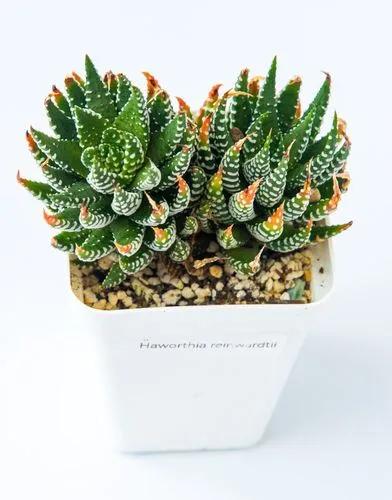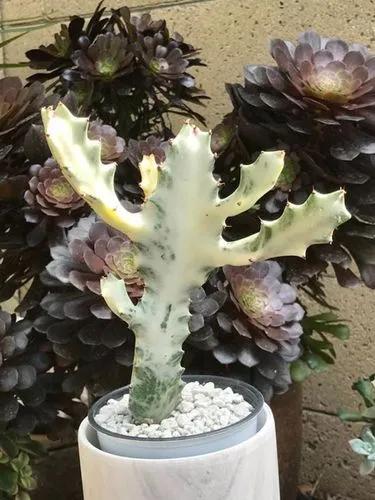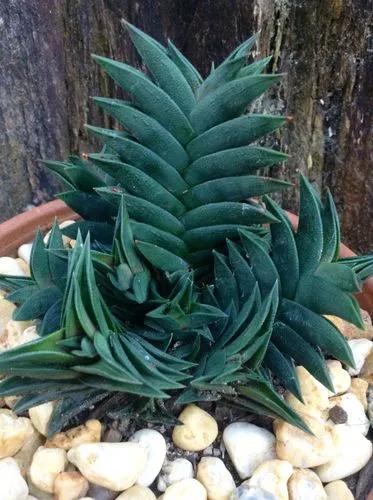Hylotelephium sieboldii is a species of flowering plant in the Crassulaceae family, native to Japan. Growing to 10 cm high by 20 cm wide, this trailing deciduous perennial produces its round glaucous leaves in whorls of 3 around the delicate stems.
Sedum sieboldii Care
Hylotelephium sieboldii



Sedum sieboldii (aka October Daphne or Hylotelephium sieboldii) is a deciduous succulent plant hailing from Japan. This flowering bright pink plant is named after a German researcher of Japanese botany during the 1800s, Franz Philippe von Siebold. The Sieboldii is a small, attractive plant with a low, spreading growth habit. Sieboldii grows in attractive, circular mounds and sends out horizontal branches from a central crown. The blue-green leaves are about three quarters of an inch around and grow in sets of three. Leaf edgings are deep pink, and this flower color intensifies as the growing season progresses into late summer and fall. When the plant gets the right amount of light, fall leaf color may be pink, orange, yellow or even bright red.
How to Care for the Plant

Water

This plant`s water requirements are low to moderate. Sedum October daphne is drought tolerant and considered an excellent candidate for xeriscaping. Provide regularly throughout the growing season, and allow the soil moisture to dry out between watering.

Fertilizer

Fertilize a couple of times a month during the growing season using a weak solution of standard liquid fertilizer. Watch carefully early in the spring, and when new shoots emerge from the soil provide the first feeding.

Sunlight

Partial shade to full sun. This plant does best with east, west, or southern aspect. Shelter against harsh weather conditions.

Soil

Fertile, well-drained soil should have a neutral to alkaline pH reading. A good soil mix for this plant consists of one part leaf mold, two-parts sand and three parts of a natural, loam-based compost.

Temperature

The plant is hardy at least to -12°C (or less). In very cold areas it must be protected in the greenhouse over the winter.

Popularity

70 people already have this plant 32 people have added this plant to their wishlists
Discover more plants with the list below
Popular articles






